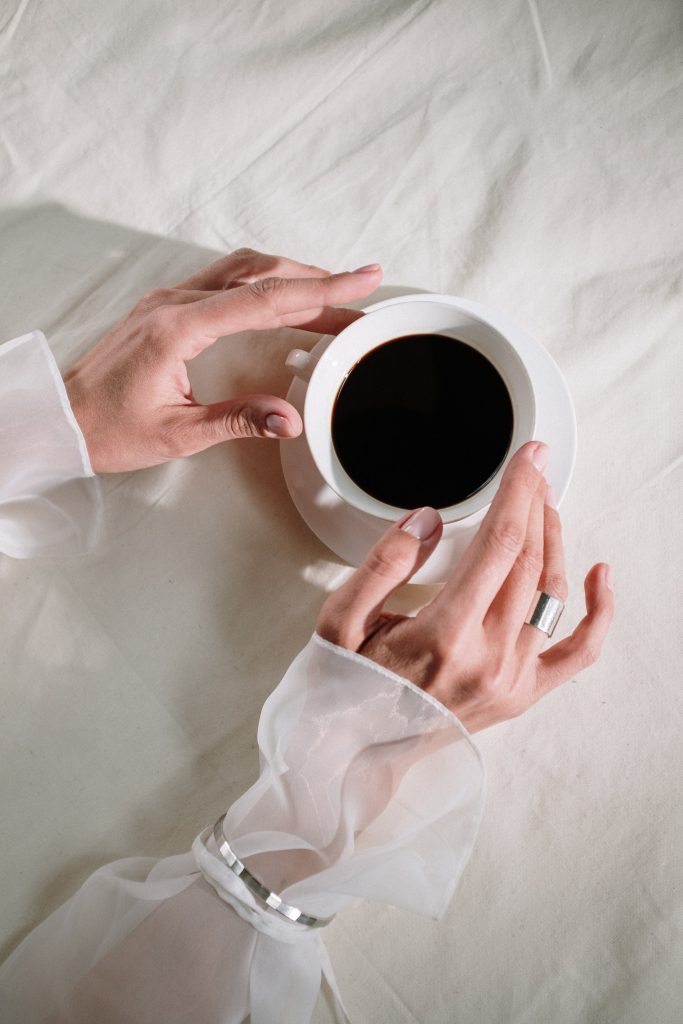The Silky Sheen of Satin
Is This Luxurious Fabric Actually Just Polyester?
Satin has a reputation for luxury. Its smooth, sleek finish and elegant drape make it a go-to choice for formal wear and lingerie. But behind satin’s opulent appearance lies a weave that may rely on a more pedestrian fiber: polyester. So is satin’s refined identity just a clever fabrication? Let’s unravel the truth.

What Is Satin ?
Satin is a weave structure, not a fiber. Its signature sheen comes from the way the fibers are woven together. Unlike plain or twill weaves with an over-one pattern, satin fabrics have warp threads that float over multiple weft threads before interlacing. This elongated float creates larger pockets on the fabric’s surface that reflect light. It also reduces contact between interlacing threads, allowing the satin weave to drape smoothly.
The result is a soft luster and supple hand that conjures images of luxury. This explain why we see satin on red carpet gowns, bridal dresses, and lingerie like slips and nighties. Its liquid look flatters the body’s contours. The structure also makes it perfect for bedding. Satin sheets have appeal for their sensual feel.
But underneath satin’s decadent veneer, the picture changes…

Satin’s Secret Ingredient: Polyester
Here’s the twist: while the glossy texture comes from the weave, the fiber type determines how vibrant the sheen is. Satin best showcases its signature glow when made from synthetic fabrics like polyester. Unlike natural fabrics, polyester’s smoothness reflects light evenly across the variegated weave surface. The result is a brighter, more uniform luster.

Satin can be woven using natural fibers like silk. But the high cost of silk satin limits its availability. Producing more affordable silk requires lower-grade fibers and chemical processing that wears down luster. That’s why polyester has become the fiber-of-choice for most satin fabrics. It delivers a luminous shine at a fraction of the price.
What does this mean for satin’s luxury status?
The truth is most affordable satin fabrics and products contain polyester. And mass production makes them readily accessible. So while silk satin remains an upscale textile, the proliferation of polyester satin has moved it into mainstream markets.
The mystique surrounding satin emerges largely from its mesmerizing sheen. But that visual intrigue relies on polyester’s intrinsic ability to refract light. Cost and manufacturing constraints also make polyester the only practical choice for the average consumer. So behind satin’s opulence, polyester provides the power.
Satin will likely continue conjuring images of indulgence regardless of its fiber content. But knowing the likely presence of polyester removes some mystique from its making. In the end, we choose satin for the way it looks and feels. Thank polyester for making that tactile joy affordable and abundant. Understanding the origins of this beloved fabric help us appreciate what makes satin so singularly special.
What Actually Is Silk ?
Liquid Luxury: Unraveling the Origins of Silk
Silk conveys luxury across cultures. Its smooth texture and luminous sheen enchant. But what are the mysterious origins of this opulent fiber? Let’s unravel the secrets behind silk’s refinement.
The Life of Silkworms
Silk begins with the humble silkworm. Silkworms are not actually worms at all, but caterpillars of the silk moth. When silkworms reach maturity, they spin protective cocoons by emitting a protein-based fiber from their salivary glands. This incredibly fine filament, just 10 microns thick, unfurls at a rate of one mile per hour. Once the cocoon is complete, the silkworm begins its metamorphosis into a moth.
Harvesting Silk

To harvest silk commercially, the chrysalis must be stopped before the moth emerges. Any cuts or tears to the filament during this emergence cause it to break. So farmers boil the intact cocoons to kill the pupa inside. This allows the continuous filament to be unwound. Each cocoon yields between 300 and 900 meters of silk. Several filaments are combined and then twisted or spun into yarn. The resulting silk retains the natural sheen from the original filament’s triangular prism structure. This refracts incoming light and imbues silk fabric with a luminous quality.
A History Rooted in Legend
Legend credits Empress Xi Ling Shi of ancient China with discovering silk around 2600 BC. As the tale goes, she sipped tea under a mulberry tree when a cocoon fell into her cup. As she retrieved it, the hot liquid softened and loosened the silk filament. Intrigued by this strong yet soft fiber, Xi Ling Shi went on to encourage silk production throughout the region. To protect their monopoly, the Chinese guarded silk secrets for centuries. But eventually, silk cultivation and production spread across Asia and into Europe. Today, silk remains a symbol of style, luxury, and enduring cultural exchange.
Satin Over Silk: The Advantages
Why Satin Wins Over Silk
Silk and satin share an upscale reputation. Their liquid drapes and luminous finishes convey luxury across fabrics. But when comparing silk and satin, the latter holds key practical advantages that support its popularity. Let’s review why satin claims precedence over costly silk.
Easy Maintenance
Satin fabrics made with synthetic fibers like nylon and polyester offer easier cleaning than delicate silk. While dry cleaning is required for silk to prevent damage, polyester satin can withstand machine washing on cool, gentle settings. This washability makes satin a practical choice for bedding, lingerie, and formal wear seeing repeated use. It saves time and money over silk’s specialized handling.
Improved Durability

The structure of a satin weave also lends improved durability over silk’s basic plain weave. Satin’s float pattern has less interlacing of threads. So abrasions during cleaning or everyday wear cause less pilling, snagging, or fraying. Silk’s tightly woven grid is more vulnerable to friction damage over time. Satin’s crisper hand also resists wrinkling better than silk during wear and cleaning. This resiliency expands options for everyday silk alternatives.
Affordability
Polyester satin reaches mass markets through cost efficiencies in manmade fiber and textile production. It costs roughly $2 to $8 per yard compared to $15 dollars or more for the lowest grades of silk. Greater access makes satin a savvy substitution for silk’s expense. It allows more consumers to enjoy silk-like aesthetics and sensuality at friendlier price points.
Vibrant Finishes
Satin also introduces more versatility in surface interest than silk through fabric finishes. The extrusion processes for synthetic fibers enable easier manipulation to create novelty yarns. These lend added luster, stretch, moisture wicking and other properties. Many satin bedding lines now offer cooling, athletic recovery or aromatherapy finishes for added functionality. Silk relies solely on costly natural processes to achieve desired finishes.
